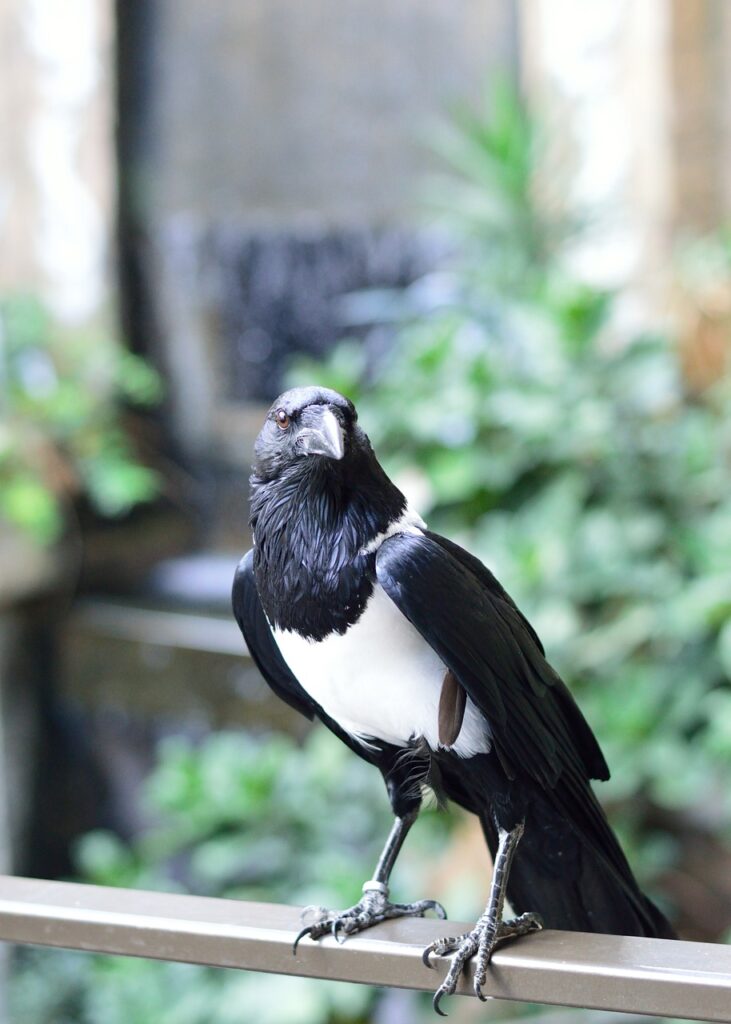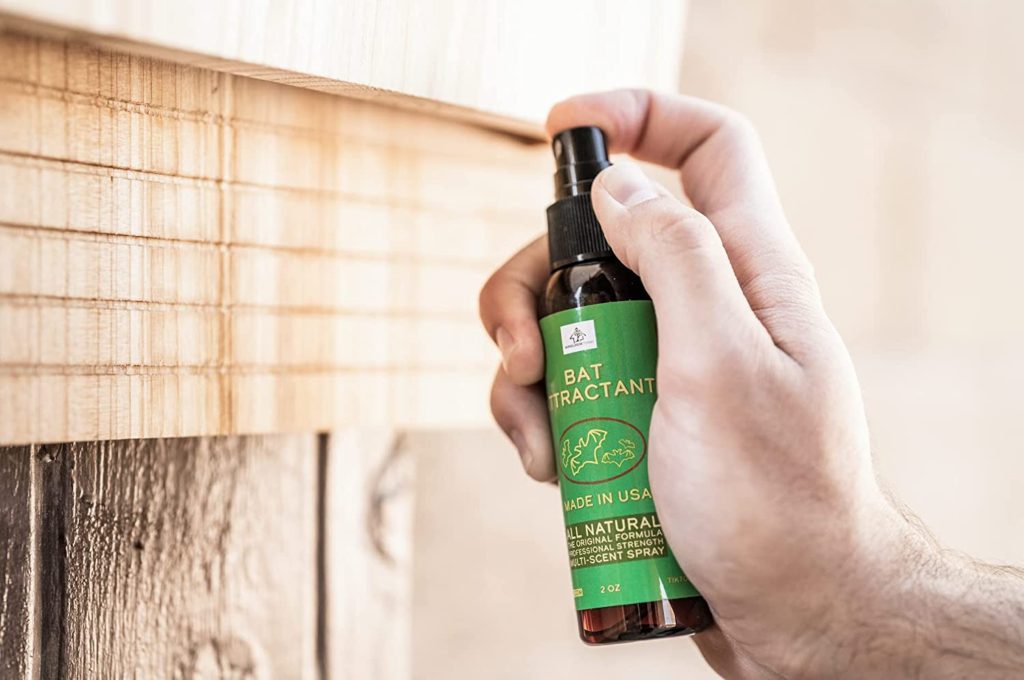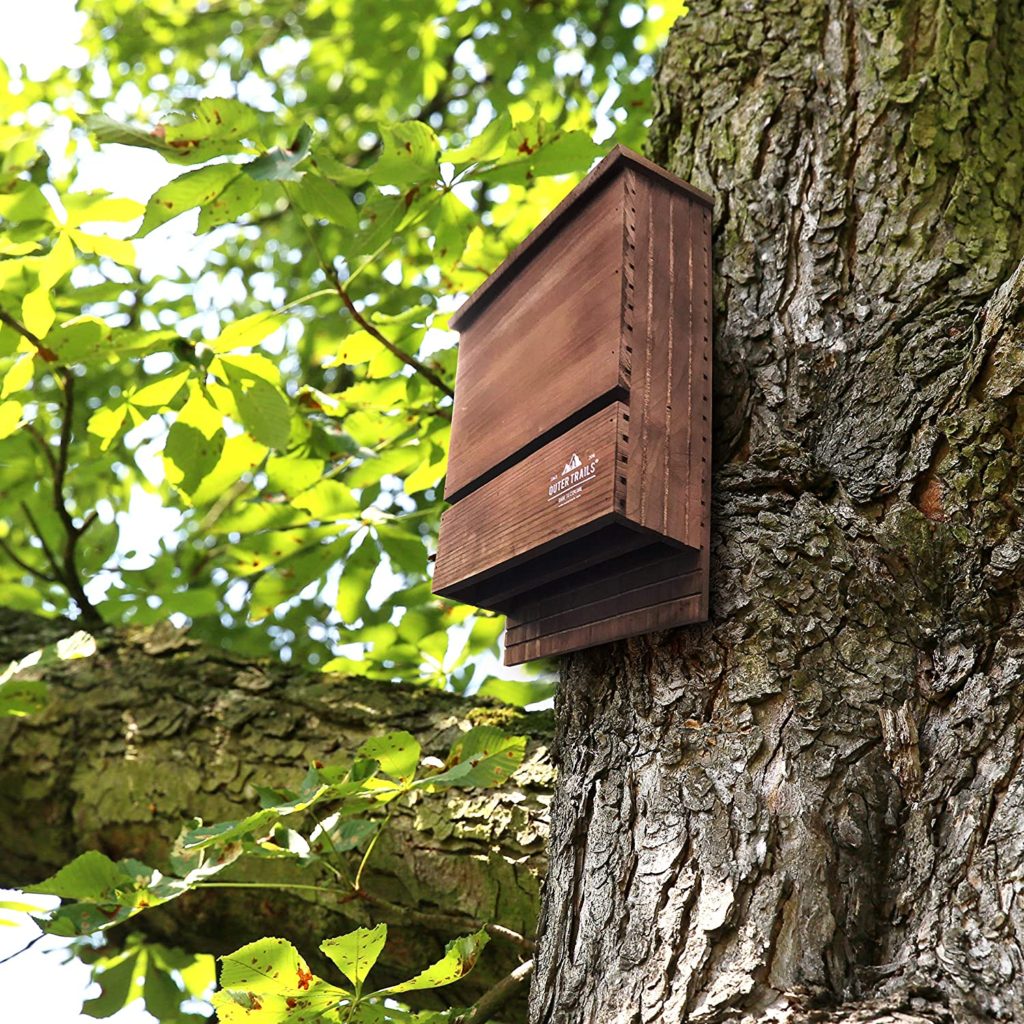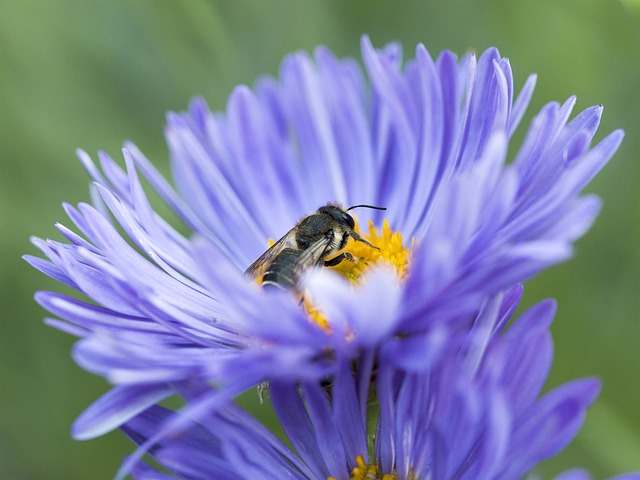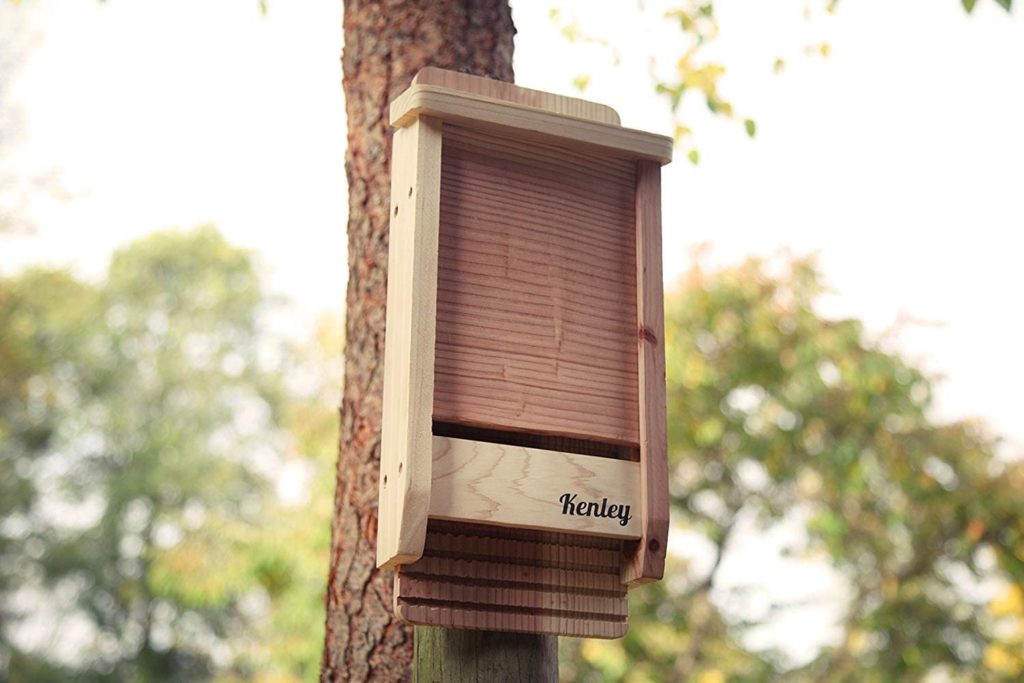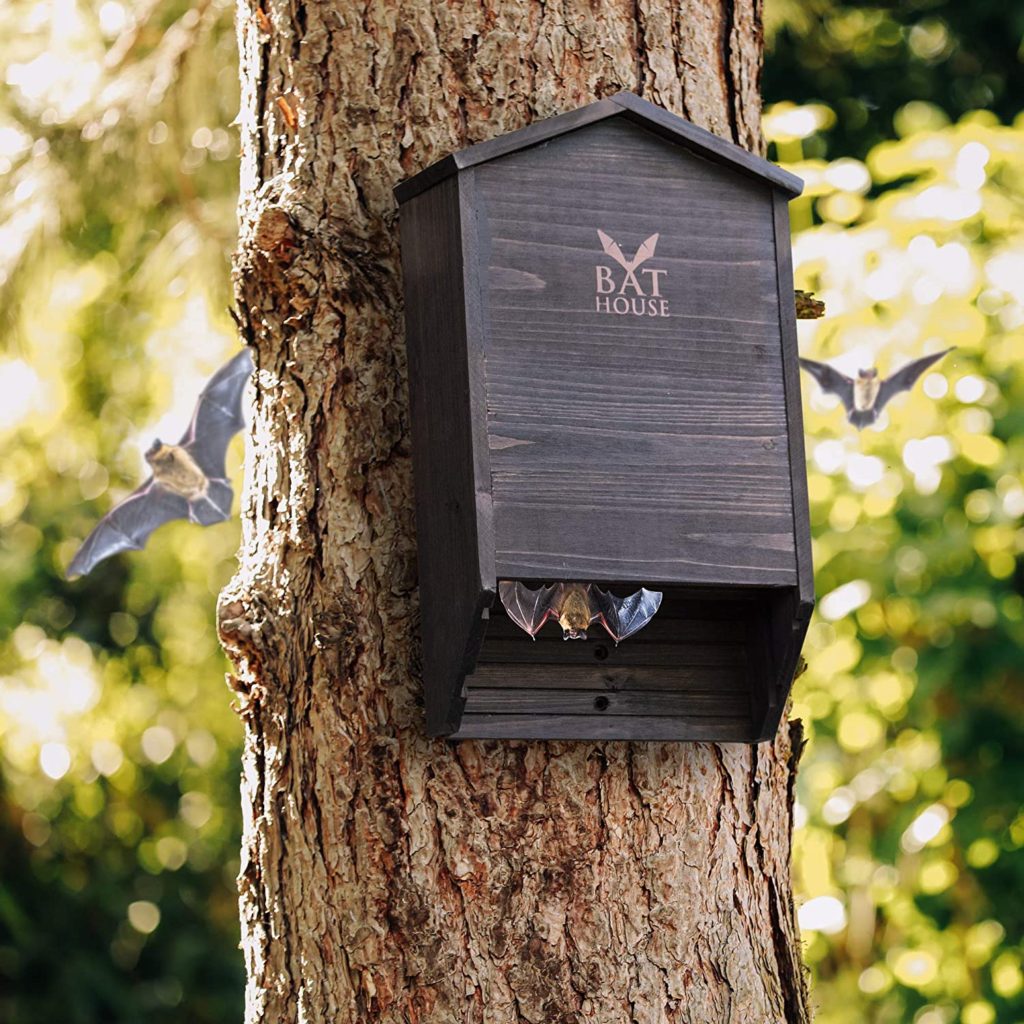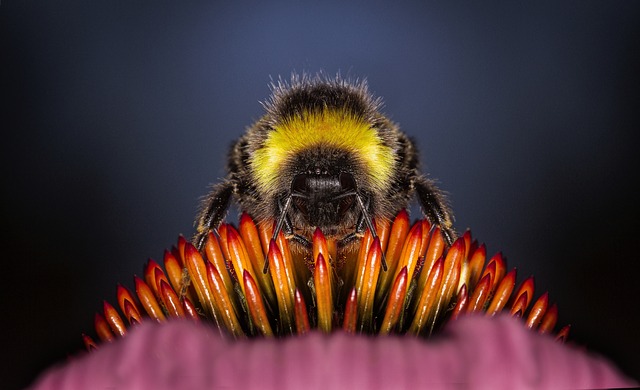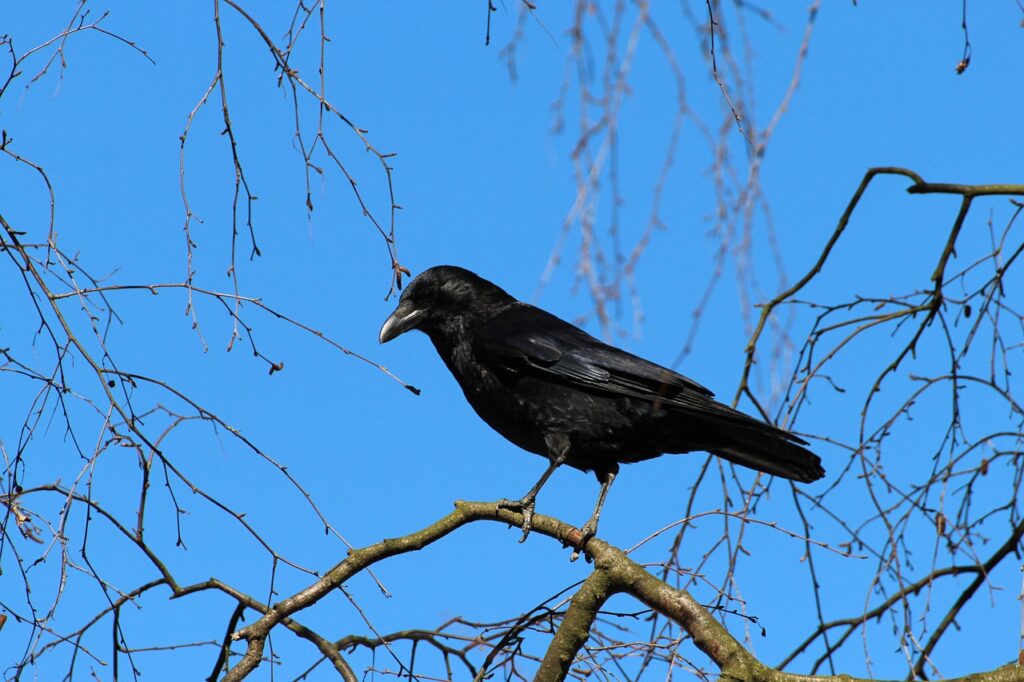
When it comes to crows, most people are familiar with the image of a sleek-looking solid black bird. But are all crows black? No, they aren’t. Here’s what you’ll want to know.
The American Crow Is Not All Crows
The American crow is found throughout most of North America, all the way from Canada down to the United States and into Mexico. It is an all-black medium size bird. In North America, when the term “crow” is used, the American crow is the bird most people are referring to.
And because so many people are familiar with the American crow, it is often used as a stand-in for all “crows.” However, there are actually many different species of crows that can be found all over the world. And each of those species is unique. In fact, crows belong to a genus of birds known as Corvus. The Corvus genus has over 40 different species of birds.
In addition to crows, it includes ravens, jackdaws, and rooks. Many of these closely related birds look similar and have similar traits. And many of them are also called “crows” in their local region.
For example, in the UK, the carrion crow is the species most people simply recognize as “crows.” However, in Australia, if you say “crow,” most people will assume you are referring to either the Australian raven or the Torresian crow.
Are All Crows Black?
While the majority of crow species have black plumage, there are exceptions. Some crows have patches of white, gray, or even other colors. For example, the pied crow is black, although it has a large patch of white from its shoulders to its lower breast. And the white-necked raven, while primarily black, has a big patch of white feathers on the nape of its neck.
The brown-necked raven is a predominantly black bird with a head and neck that are brown. And many crows have an iridescent sheen on their feathers, making them look purple, blue, or green when seen in specific lighting and at different angles. For instance, the American crow, fish crow, common raven, Australian raven, and carrion crow all have iridescent feathers.
There are also several rare genetic conditions that can cause crows to be white or partially white, such as piebaldism, leucism, and albinism. Piebald crows typically have irregular patches of white. That’s because only certain areas of their body cannot produce melanin (the pigment that gives crows their black color). Leucistic crows, on the other hand, have a partial loss of all pigments, not just melanin.
So these crows may be lighter in color overall, partially white, or even totally white. However, they always have dark-colored eyes. Albino crows have a total loss of pigment, giving them extremely light or white feathers in addition to eyes that are always pink. These genetic conditions are very rare, and many crows with them don’t survive to adulthood because they are easier to spot by predators.
Why Are Crows Black?
Most crows have evolved to be black or mostly black because it benefits them. Black is an excellent color when it comes to camouflage. It helps crows to blend into the shadows and remain undetected by predators. In addition, having black feathers helps crows to stay warm when it’s cold.
Black feathers absorb more sunlight than feathers of other colors. This helps birds with black plumage to heat up faster. At the same time, being black also helps crows to stay cool. When it gets hot black feathers help to radiate heat away from the body more efficiently than those of other colors as well.
And as for the science behind their color, crows are black because their feathers have a high level of the pigment melanin. More specifically, they have a high concentration of eumelanin, the type of melanin that is responsible for giving birds black or dark brown feathers.
Conclusion
So are all crows black? No, however, most crow species are totally black or mainly black in color. And having black plumage helps them to hide from predators and regulate their body temperature. The pigment specifically responsible for their black feathers is eumelanin, which is a type of melanin.
Start Shopping for Birding Supplies!
How Does A Heron Catch Fish?
The great blue heron is well-known for its looks but also its fish-catching abilities. Whether in the wild or someone’s backyard pond these large birds are master hunters. So how does a heron catch fish? Here’s what you’ll want to know. Built For Success While herons...
What Direction Should A Bat House Face?
Buy on Amazon Bats are very particular when it comes to whether or not they will move into a bat house. One of the most important factors is the temperature inside, which will be strongly influenced by the direction that the house is facing. So what direction should a...
When To Put Up A Bat House
Buy on Amazon Bats can be a big benefit to your yard. But they can be picky when it comes to where they actually decide to roost. Knowing when to put up a bat house can help to tip the odds in your favor. Basic Seasonal Bat Behavior Many people don’t realize that in...
Bat Attractant: The Secret Weapon For Bat House Success
Buy on Amazon Purchasing a bat house is easy, however, having a colony of bats take up residence inside it is sometimes another story. To tip the odds in your favor using bat attractant can help. Here’s what you’ll want to know when considering using it. Bat House...
How To Attract Bats To Your Bat House
Buy on Amazon Having bats in your yard offers many fantastic benefits. So it’s no wonder that more and more people are installing bat houses in an attempt to get them to stay. However, you’ll first need to know how to attract bats to your bat house if you want them to...
The Buzz About Bee Gardens
Chances are if you’ve been paying even a little bit of attention, you’ve heard about the “beepocalypse.” Depending on the source, you’ve likely seen varying levels of concern. While some experts are simply following the phenomenon, others are downright alarmed....
What Does A Bat House Look Like?
Buy on Amazon Bat houses are shelters made specifically for bats. These flying mammals have special needs that houses are designed to meet. So what does a bat house look like? Well, read on and find out! Bat House Designs Houses for bats actually look like boxes. For...
What Is A Bat House?
Buy on Amazon What is a bat house? And better yet, why would you want one on your property? These are both commonly asked questions. Whether you’re just curious or have always wanted to have bats in your yard here’s what you’ll need to know. Bats are nocturnal...
The Top Bat House Benefits
Buy on Amazon A bat house is a specially designed shelter for bats. It provides them with a safe and convenient place to sleep. While they are great for the bats, there are many bat house benefits you can enjoy as well when you have one in your yard. Keep Bats Out Of...
Where To Put A Bat House
Buy on Amazon Where to put a bat house is an important decision. If it’s not in an appropriate spot, you may be putting your resident bats in danger. Or you may end up with an empty house since no bats are interested in living in it. So you’ll need to know a few...
Beneficial Garden Insects And Creatures Often Confused For Pests
There are many animals that we consider to be pests. However, many of them actually perform critical tasks and help to control the populations of much more devastating species. The following beneficial insects and creatures are ones you’ll want to keep around....
